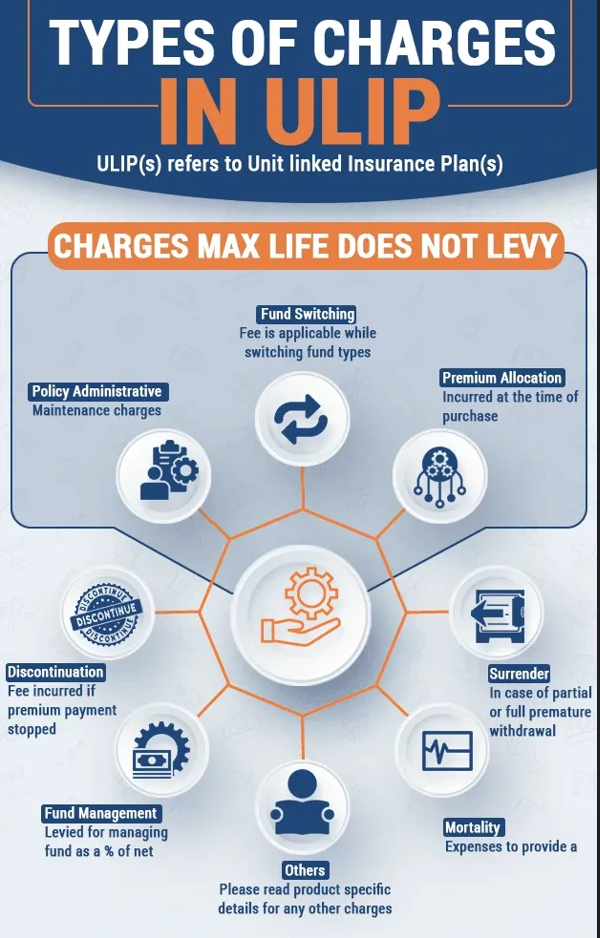Concrete - A Highly Sustainable Building Material in India
- by Mr. Kishor Pate, CMD - Amit Enterprises Housing Ltd.
With the term 'concrete jungle' having become to popular and
widely used, it is easy to overlook that this building material has been around
for so long for very good reasons. Also, that it has some excellent attributes
which make it very important in today's context.
Yes, it is easy to produce and use, but the fact is that
concrete is an eminently environmentally friendly building material during the
entire span of its life cycle, beginning from its production as a raw
material right until it is demolished. This renders it the perfect and obvious
building option for the construction of sustainable homes.
The cement utilized in concrete is sourced from limestone, which
is an abundantly available mineral that will literally never deplete. However,
one can also manufacture concrete from materials such as slag cement and fly
ash, both of which are generated by industries like steel mills and power
plants as waste byproducts. From the point of recycling of existing resources,
concrete is therefore a real boon to the planet.
Concrete is also highly durable, and is used in erecting
buildings which are not subject to rust, do not burn or otherwise degrade. In
fact, buildings built with concrete have twice or even thrice the life- span of
buildings erected with many other construction material. The life-spans for
concrete building products can be double or triple those of other common
building materials.
What is equally important from a sustainability perspective is
that the use of concrete in forming the foundation, floors and walls of a
building renders it extremely energy-efficient. One of the benefits of this
building material is its ability to absorb and retain heat. In other words,
people who live in homes built of concrete save significantly on both cooling
and heating bills. In a concrete building, one can install air conditioners of
lower capacity, resulting in significant electricity savings.
 |
| Kishor Pate, CMD - Amit Enterprises Housing Ltd |
Also, concrete reduces the incidence of processes that result in
urban heat islands. When concrete, which is inherently light in colour, is used
to build pavements and roofs, the end result is that less heat is absorbed and
more incoming solar radiation is deflected.
Finally, concrete as a building material results in the least
waste of raw building materials, as it can be manufactured and used in the
actual quantities required to build a building or other project. Once a
building or structure built of concrete has completed its life-cycle or
fulfilled the purpose for which it was erected, the concrete can be recycled
into aggregate which can then be used to lay concrete pavements or provide an
underlying base for roads.
About The Author
Kishor Pate, Chairman & Managing Director of Amit Enterprises Housing Ltd. is the driving force behind one of the most successful real estate development firms in Pune and beyond.
Kishor Pate, Chairman & Managing Director of Amit Enterprises Housing Ltd. is the driving force behind one of the most successful real estate development firms in Pune and beyond.
Apart from
its signature luxury projects like Montecito in Sahakar Nagar and other premium
gated townships, AEHL has also launched highly successful affordable housing
projects like Astonia Classic and Colori in Undri and the Mediterranean-style
township Astonia Royale in Ambegaon.
For media contact
Jay Kalghatgi
Client Interface - Copyconnect
Mobile: 9320142248






























